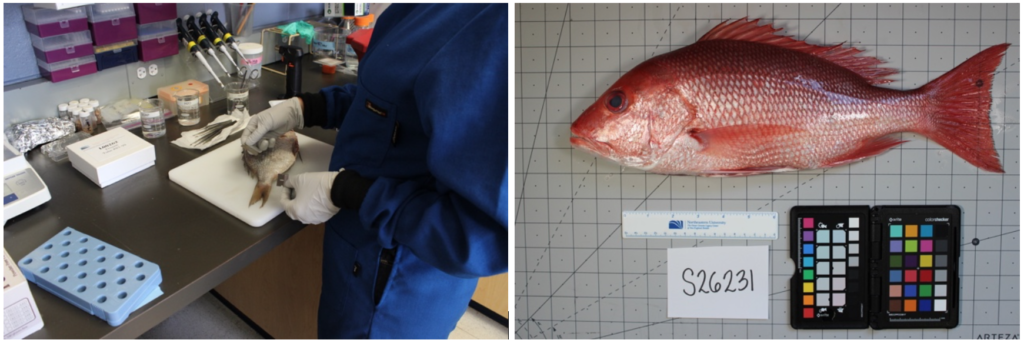Have you ever wondered whether the fish on your plate is really the species listed on the menu? Once a fish is filleted it can be very hard to tell. Unscrupulous, or simply uniformed, fishermen, distributors, grocers and chefs mislabel seafood to the tune of millions of dollars each year. This not only cheats you the consumer, but also makes it nearly impossible to monitor, regulate and maintain sustainable fisheries. September 24, 2018 at 10pm ET/PT, CNBC’s “American Greed” highlighted the criminal exploits of Rafael Carlos, the “Codfather,” one of the most prolific seafood cheats of all.

OGL is working hard to combat both intentional and unintentional seafood fraud by building the Seafood Genomic DNA Reference Collection, a library of well documented seafood samples created to support research. This collection is already being used by scientists to develop, evaluate and implement new high-tech DNA-based tests to identify seafood species and fraud. These new methods promise to provide fast, easy and inexpensive ways to identify seafood on the dock, at the distributor, in your market and at your favorite restaurant.
Want to be a part of this important research? By making a gift to OGL, you can help support honest, safe and sustainable fisheries.
